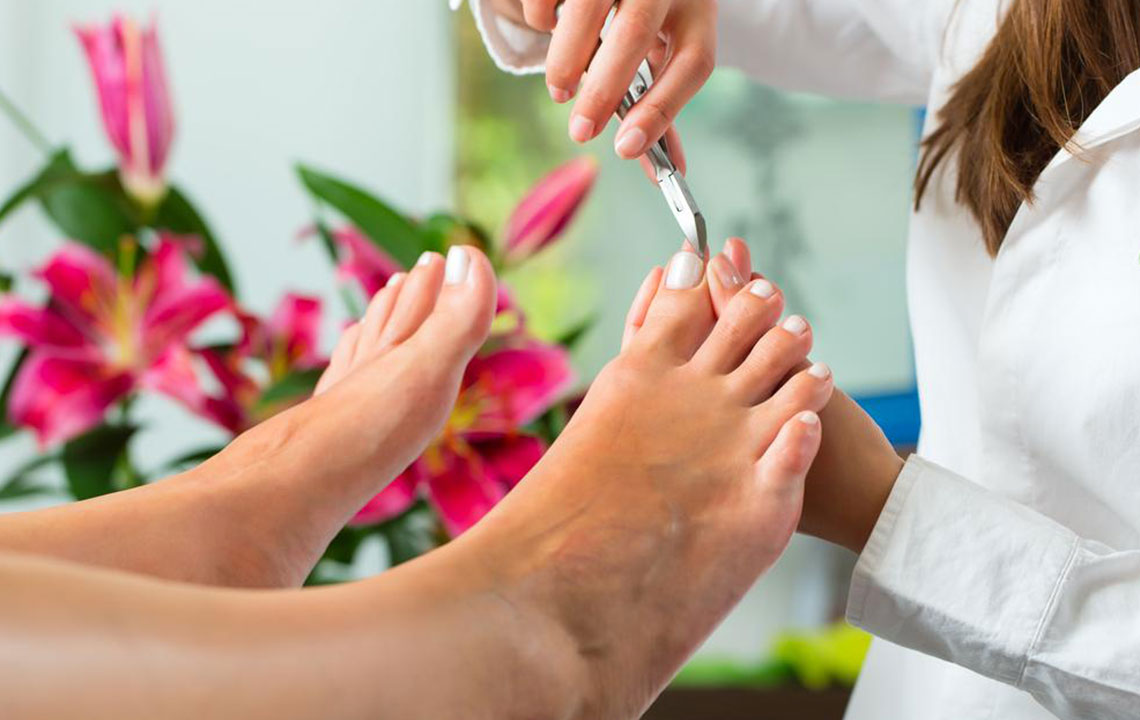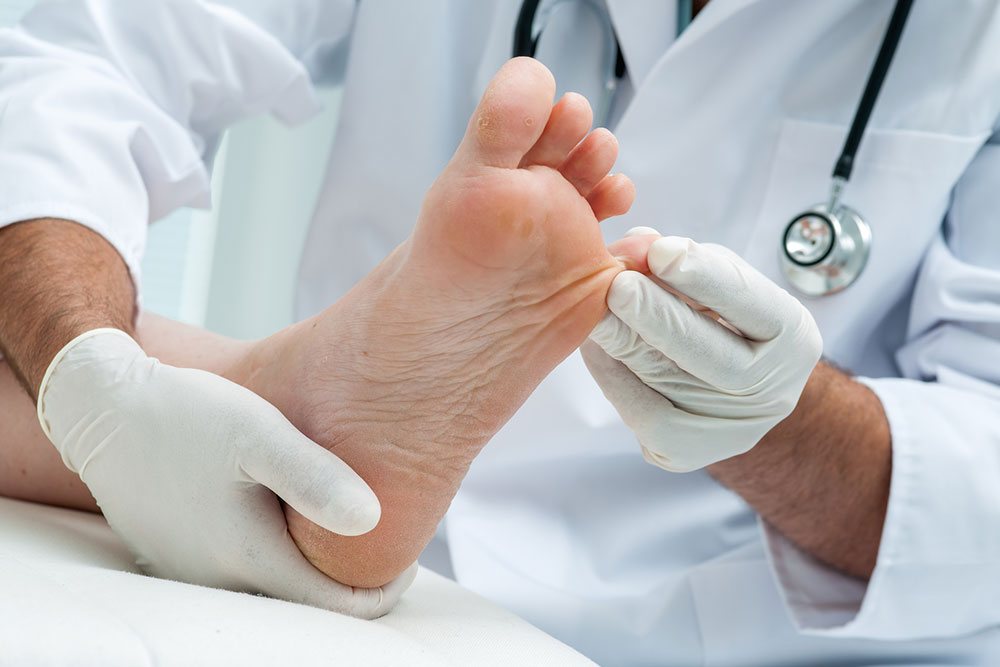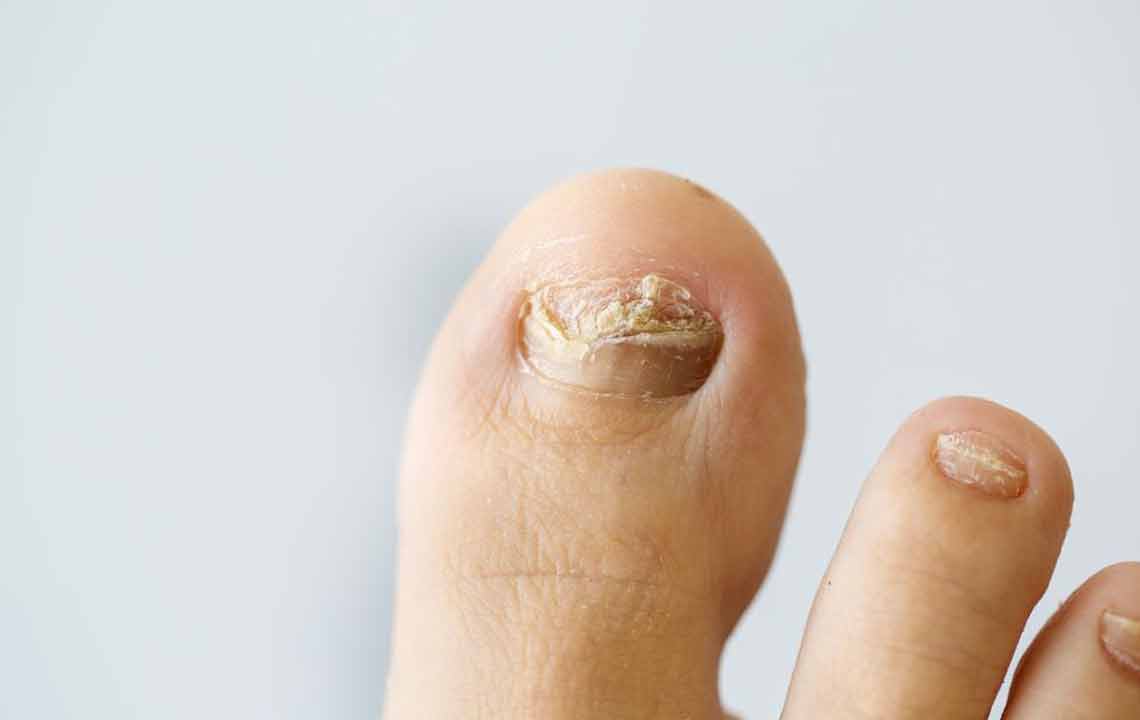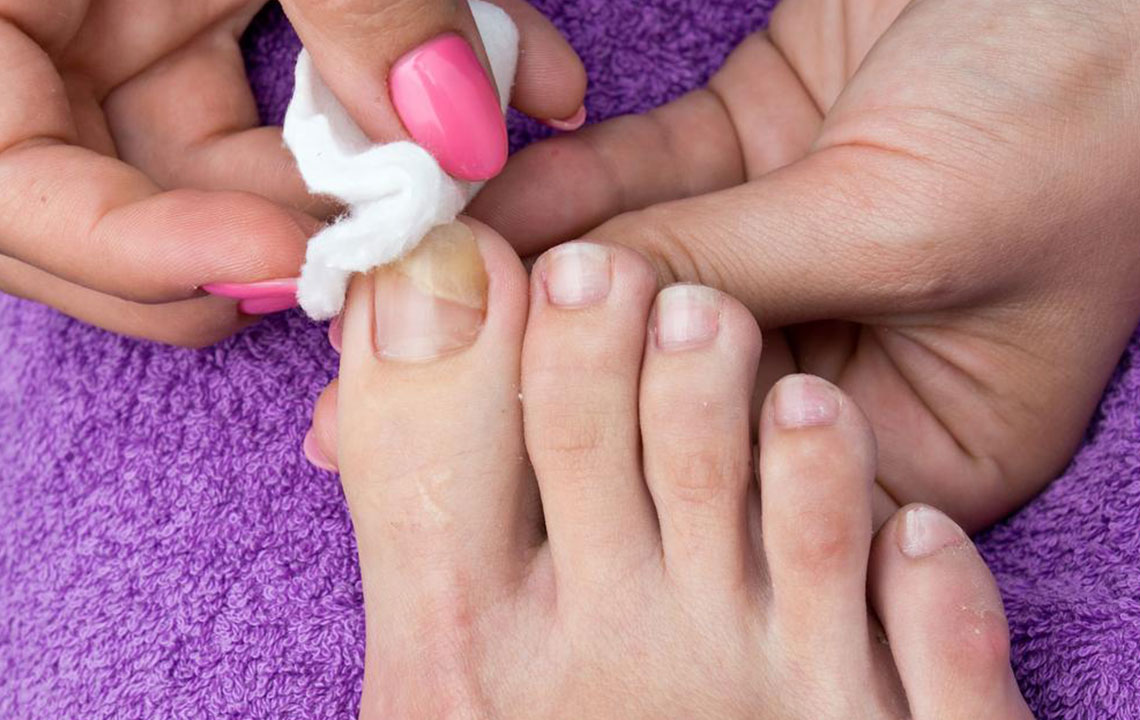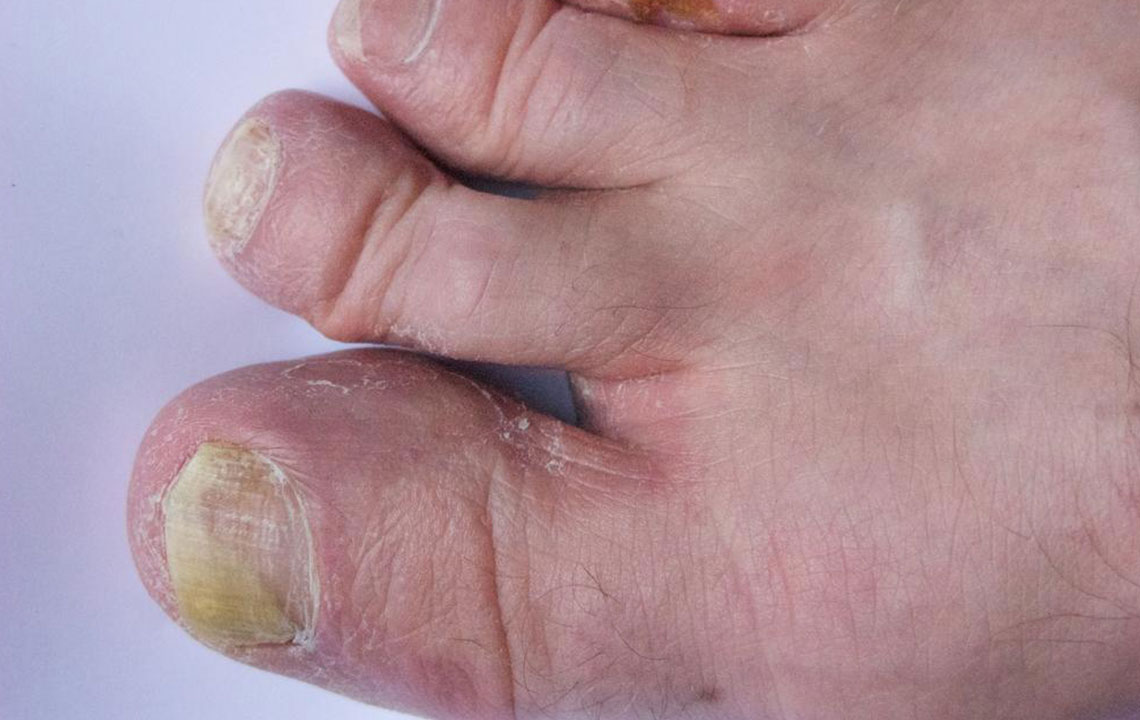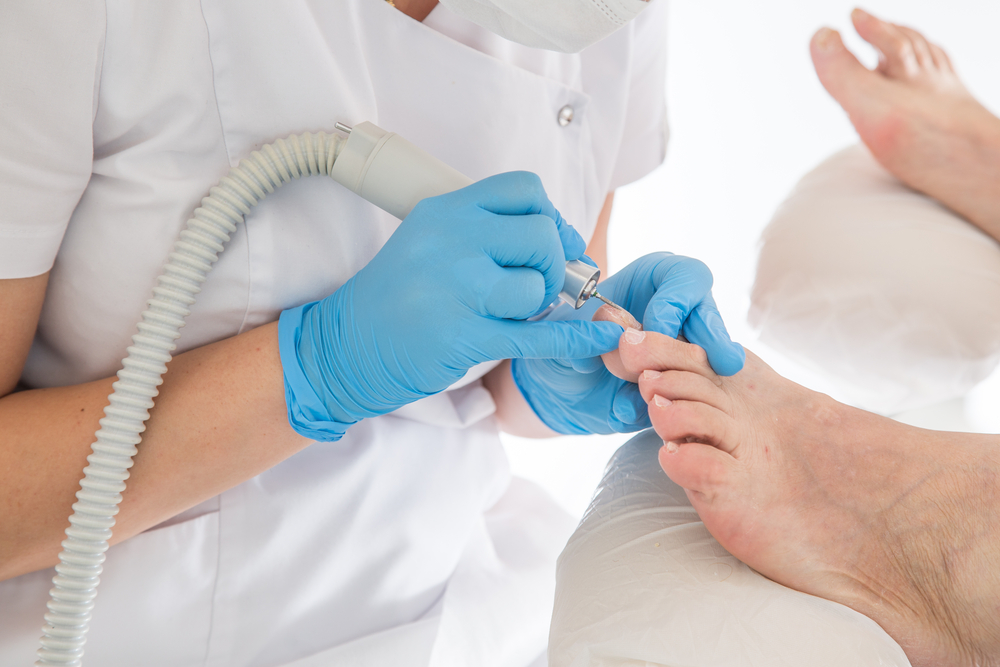Comprehensive Guide to Effectively Treat Nail Fungal Infections and Restore Nail Health
This comprehensive guide explores effective natural remedies for nail fungal infections, including tea tree oil, vinegar soaks, garlic, and olive leaf extract. It emphasizes early detection, proper hygiene, and prevention strategies for restoring healthy nails. The article offers practical tips and treatments to help eliminate fungi and prevent recurrence, making it suitable for individuals seeking safe and effective solutions for nail health.
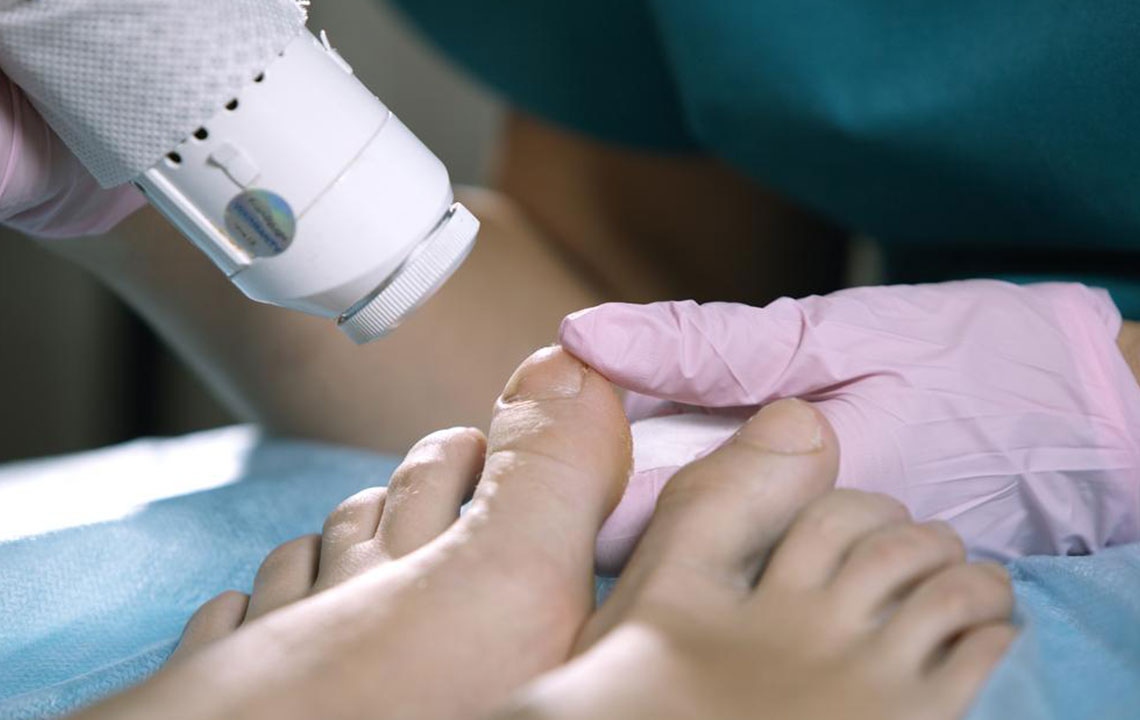
Comprehensive Guide to Effectively Treat Nail Fungal Infections and Restore Nail Health
Nail fungal infections, also known as onychomycosis, are common conditions affecting both fingernails and toenails. These infections can cause a range of uncomfortable symptoms, from discoloration and thickening to brittleness and pain, impacting both aesthetic appearance and nail function. Since fungi thrive in warm, moist environments, understanding how these infections develop and exploring effective treatment options are crucial for maintaining healthy nails. This detailed guide provides insights into the causes, symptoms, prevention, and natural remedies for nail fungus, helping individuals take proactive steps toward recovery and nail health restoration.
Nail fungus often begins subtly with small white or yellow spots at the tip of the nail. As the infection progresses, nails may become thick, brittle, discolored, and sometimes darkened or dull. Infections can cause discomfort or pain, particularly as the condition worsens. When affected, nails tend to become fragile, can detach from the nail bed—a condition called onycholysis—and may lead to secondary infections if not adequately treated. Recognizing early signs and initiating treatment promptly can prevent widespread infection and potential complications, including spread to other nails or surrounding skin areas.
Effective natural treatments for nail fungus include:
Tea tree oil and orange oil application
Tea tree oil is renowned for its potent antifungal and antibacterial properties, making it one of the most trusted natural remedies for nail infections. Mixing one teaspoon of tea tree oil with half a teaspoon of carrier oil such as olive or grapeseed oil creates a soothing topical solution. Add a few drops of orange oil for enhanced healing benefits. Dip a cotton ball into the mixture, then gently apply to the affected nails, pressing lightly to ensure absorption. Allow it to air dry and repeat this process daily to facilitate fungal eradication and support nail health recovery.
Vinegar and baking soda foot soak
A popular home remedy involves using vinegar’s natural acidity combined with baking soda’s fungistatic properties. Prepare a soak by blending a cup of vinegar with five tablespoons of baking soda in a basin of warm water. Soak the infected nails for approximately 15 minutes, then thoroughly dry the area using a clean towel. Repeating this soak twice daily can help inhibit fungal growth, reduce infection severity, and promote the healing process.
Oregano oil application
Oregano oil contains thymol and other compounds with strong antifungal effects. Dabbing oregano oil directly onto the infected nails twice daily, preferably with a cotton swab, can accelerate healing. Combining oregano oil with tea tree oil amplifies the antifungal effect due to its synergistic properties, making it a potent natural treatment option for persistent infections.
Garlic paste or slices
Garlic’s antifungal compounds, particularly allicin, make it an effective natural remedy. Applying crushed garlic cloves directly onto the infected nail for 30 minutes daily can help combat the fungus and speed up tissue repair. For increased effectiveness, garlic can be used in combination with other remedies or incorporated into dietary measures for systemic benefit.
Antifungal soak using Listerine
Listerine mouthwash, containing thymol, menthol, and eucalyptus, offers antifungal benefits. Regularly soaking the affected nails in Listerine for about 30 minutes can significantly reduce fungal presence and alleviate symptoms. Ensuring the nails are completely submerged and thoroughly dried afterward enhances the treatment’s potency.
Olive leaf extract
Known for its antimicrobial and antifungal properties, olive leaf extract can be used topically or orally. Applying the extract directly over the affected nails or taking capsules (1-3 times per day with meals) can help fight persistent infections. Staying well-hydrated supports the treatment process, while maintaining proper nail hygiene minimizes the risk of recurrence. Olive leaf extract is a beneficial natural adjunct in fighting fungal overgrowth and restoring nail integrity.
While these natural remedies can be effective, it is essential to maintain good nail hygiene, keep the feet and hands dry, and avoid sharing personal items to prevent spreading fungi. Early intervention enhances the chances of complete recovery, avoids secondary complications, and reduces the risk of recurrence. If natural treatments do not yield improvements within a few weeks or if symptoms worsen, consulting a healthcare professional is recommended for further diagnostic and therapeutic options. Long-term preventive measures, such as wearing breathable footwear, keeping nails trimmed, and disinfecting nail tools, are vital for sustaining healthy nails and avoiding future fungal infections.
